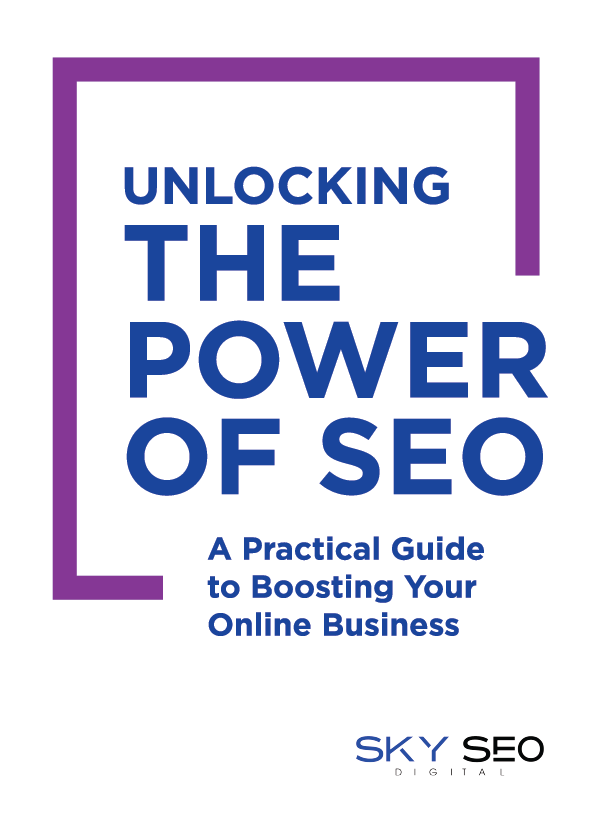A website often represents the core of a business’s identity and reach. Its performance directly impacts business outcomes, from brand recognition to revenue generation. To fully harness this potential, one must delve deep into understanding and evaluating every facet of their online platform. This expanded guide unfolds a detailed roadmap through twelve integral methods and considerations to determine and amplify your website’s success.
Setting Clear Objectives
Beginning with a defined purpose, crystallizing the mission of your website lays the groundwork for all subsequent evaluations and actions.
- Define the core mission: Is it brand exposure, direct sales, community engagement, educational outreach, or a mix of several?
- Quantify your aspirations: Seek tangible benchmarks, like aiming to increase organic traffic by 50% in the upcoming year or tripling the number of newsletter subscribers.
- Ensure alignment with broader company goals, creating a seamless integration of website performance with the overall organizational strategy.
Understanding Your Audience
A website’s success is intrinsically linked to its audience’s needs and preferences.
- Segment your audience: Identify the distinct groups that visit your site, from potential customers to industry peers.
- Create audience personas: Delve into their demographics, preferences, challenges, and behaviors.
- Tailor content and design elements that cater to these specific personas, ensuring resonance and relevance.
Tracking Traffic: Vital Metrics for Success
Traffic serves as a fundamental indicator of your website’s visibility and reach.
- Employ platforms like Google Analytics for a detailed traffic analysis.
- Gauge where your traffic originates from, which pages hold their attention, and their interaction patterns.
- Use this data to enhance content strategies, marketing tactics, and inform UI/UX decisions.
Engagement: Measuring the Depth of Interaction
Beyond attracting visitors, how deeply they engage indicates the value your content provides.
- Track metrics like session duration, pages per session, and user paths.
- Identify content types that garner the most engagement, from blogs and videos to interactive tools.
- Strategically enhance and promote high-engagement content, guiding users deeper into your website’s offerings.
User Experience (UX) and Design
The ease and intuitiveness of website navigation directly impact user satisfaction and return visits.
- Monitor site loading speeds, mobile responsiveness, and ease of navigation.
- Solicit feedback on design elements, from color schemes to layout structures.
- Periodically update the design, keeping it fresh, user-friendly, and in line with contemporary trends.
Analyzing Conversion Rates: The Ultimate Performance Indicator
While traffic and engagement metrics are essential, they culminate in the pivotal metric: conversion rates.
- Monitor and analyze specific user actions that align with your business goals.
- Identify bottlenecks or friction points in the conversion process.
- Refine CTAs, design, and user flow to optimize for conversions.
Content Quality and Relevance
Content is the backbone of any website, directly influencing both engagement and conversions.
- Regularly update and refresh content, ensuring it remains current and relevant.
- Utilize SEO best practices to enhance visibility on search engines.
- Encourage feedback and comments to understand areas of improvement and user preferences.
Measuring ROI: The Financial Litmus Test
Every website investment, be it time, money, or resources, should lead to tangible returns.
- Calculate all costs, from development and hosting to content creation and promotional activities.
- Assess the direct and indirect returns, including sales, lead generation, brand exposure, and customer loyalty.
- Continuously review and adapt strategies based on ROI insights to maximize efficiency.
User Testing: The Goldmine of Direct Feedback
Direct insights from actual users can reveal invaluable details often overlooked by analytics.
- Engage varied user groups for comprehensive site testing and feedback collection.
- Address identified challenges, from confusing navigation elements to content gaps.
- Iterate based on this feedback, fostering an evolving website that meets and exceeds user expectations.
Security and Trustworthiness
In a world increasingly conscious of data security, ensuring your website is secure enhances user trust.
- Regularly update and patch website software and plugins.
- Display trust badges, SSL certificates, and testimonials.
- Ensure compliance with data protection regulations, building confidence among your users.
Mobile Optimization
With a significant chunk of global internet traffic coming from mobile devices, mobile optimization is non-negotiable.
- Ensure your website design is responsive, providing an optimal viewing experience across devices.
- Prioritize mobile loading speed and ease of navigation.
- Regularly test on different devices to ensure consistent performance.
Feedback Loops and Continuous Improvement
In the ever-evolving digital landscape, resting on laurels is not an option.
- Establish mechanisms for regular feedback from users, stakeholders, and team members.
- Set periodic review milestones, evaluating performance against set benchmarks.
- Stay updated with industry trends, competitor moves, and emerging technologies, ensuring your website remains a frontrunner.
Navigating the path to website success is an ongoing journey, always calling for regular check-ins and tweaks. With a keen eye on these twelve key areas, any website can gauge where it stands and map out a strategy for long-term growth. With the insights from this guide in hand, you’ll have a clearer vision and the tools to fully harness your website’s potential.








